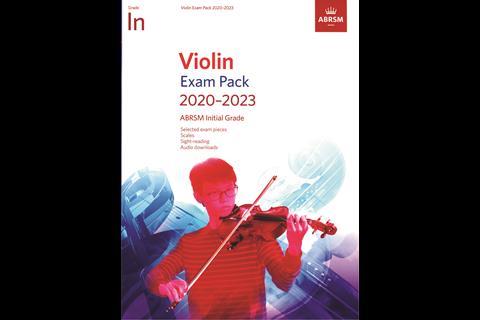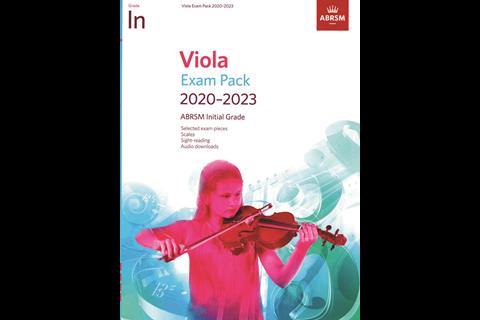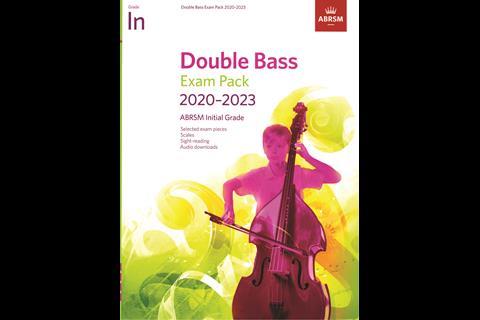Celia Cobb reviews thenew publications by the UK’s Associated Board of the Royal Schools of Music
Violin: 32PP ISBN 9781786012784
Viola: 32PP ISBN 9781786012807
Cello: 32PP ISBN 9781786012791
Double bass: 32PP ISBN 9781786012814
ABRSM £7.50
Grade 1 violin is actually quite hard. Ditto Grade 1 viola, cello and double bass. It can take even the most enthusiastic young beginner well over a year to be ready to start thinking about preparing for their first exam, and although we all know exams aren’t necessarily the right path for everyone, there’s no denying that they can be helpful for motivation and general raising of standards. The Initial Grade is a new qualification for ABRSM, and it gives string playing newbies a chance to have their skills formally assessed in the first year of learning their chosen instrument.
Those of us who have been looking enviously at the exam packs that have recently been made available for lower-grade woodwind instruments will be delighted to find that an Initial exam pack is available for each instrument – yes, each instrument, not just violin, but also cello, double bass and even viola. Each pack contains nine pieces from the syllabus, the scales for the grade, and two pages of sample sightreading exercises. As you would expect from the ABRSM, everything is immaculately typeset and, try as I might, I couldn’t find a single typo or extraneous accidental across the set. As an added bonus, at the back of each book is an access code which enables you to stream or download recordings and backing tracks for every piece in the pack, for practice purposes. (Accessing the page requires you to type in your email address and create a password, which may not please everyone.)
The books contain quite a bit of overlap in repertoire between the instruments. A new piece composed by Thomas Gregory is included in every book, as is a Sheila Nelson favourite from Tetratunes, both of which are in the same key for each instrument. Other pieces are included for a selection of instruments, such as arrangements of Hill and gully rider for everyone except the double bass, and All night, all day for viola, cello and bass. Somewhat oddly, the Peter Wilson number Bow Rock is included in the viola and bass books only, even though it appears in the same key on the alternative list for violin and cello, and Waterfall by Katherine and Hugh Colledge is included in E major in the violin book but in A major in the cello book. This is where the logic of the content of the books as a set falters slightly: although there are clearly differences within the string family which mean not every piece can work for every instrument, it would have been handy to have had a minimum of one piece in each group in a compatible key. Lovely as it is to have the exam packs, especially for the ‘minority’ instruments, it is not possible for teachers of mixed ensembles to use them to prepare three exam pieces for the Initial Grade within a group teaching situation, which does seem like a slightly missed opportunity.
That aside, this new resource is highly useful, and the introduction of the exam itself certainly fills a gap. The pieces and scales use just one finger pattern and apart from the odd bit of syncopation, the pieces contain mostly simple rhythms, with no dotted notes or slurs. The sightreading and aural are easier versions of what is to come in Grade 1 and in many ways this new exam feels like a nearly-but-not-quite Grade 1 – a sort of ‘Grade 0.75’ which children can use as a springboard to further exam success. I look forward to using the books in both individual and group lessons.
CELIA COBB















































No comments yet